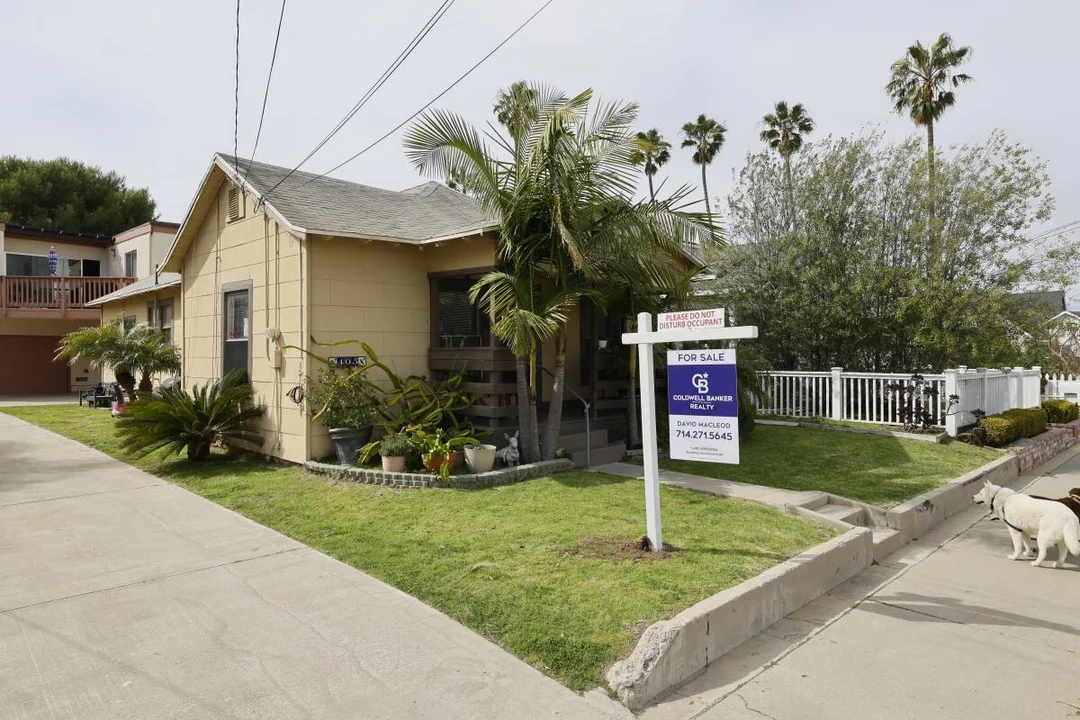
Is a Six-Figure Salary Truly ‘Low Income’? California’s Shocking Reality
In California's booming economy, the dream of earning a six-figure salary often feels like a ticket to financial security. But what if that salary is still considered 'low income' in parts of the state? This eye-opening trend highlights the skyrocketing cost of living, particularly housing, and raises questions about affordability in the Golden State.
Recent reports from the California Department of Housing and Community Development reveal a startling fact: in five Northern California counties, including Marin, San Francisco, San Mateo, Santa Clara, and Santa Cruz, a single person earning up to $109,700 annually is classified as low income. Santa Clara County, home to Silicon Valley's tech giants, tops the list at $111,700. This classification extends to three-person households in additional counties like Alameda, Contra Costa, Los Angeles, and others, where combined earnings of over $100,000 still fall into the low-income bracket. As SFGATE notes, this is a significant shift from just five years ago, when Santa Clara's threshold was $78,550—now it's up 42% due to rising housing costs.

Meanwhile, Southern California isn't far behind. Counties like Orange, Santa Barbara, and San Diego are on the verge of joining this list, with low-income thresholds projected to exceed $100,000 for single individuals if current trends persist. Orange County's threshold has jumped 32% in five years to $94,750, driven by median home prices soaring over $1 million. This comparison underscores a statewide issue: California's housing market is outpacing wage growth, making even high earners struggle. As one resident, Jett Murdock, shared, 'I'd much prefer to move out of state where the dollar goes further,' reflecting the frustration felt by many.
The implications are profound. Amid inflation, rising insurance costs, and potential cuts to social programs, these designations affect eligibility for housing assistance and other aid. For instance, in Los Angeles, disputes over homeless services funding have intensified, with officials warning that such classifications could exacerbate the crisis. Educators also report that fears of immigration enforcement under recent policies are deterring ESL students, compounding economic pressures on vulnerable communities.

This situation isn't just about numbers; it's about real people. Jessica Buchsbaum, an ESL department chair, emphasized, 'These are people who bring incredible energy and hope to our communities,' highlighting the human cost of economic disparities. As costs rise, Californians are left questioning whether traditional markers of success still hold value.
In summary, California's redefinition of low income reveals a deeper affordability crisis that impacts everyone from tech workers to families. What does this mean for your financial future? Share your thoughts in the comments below and let's discuss how rising costs are reshaping the American Dream.